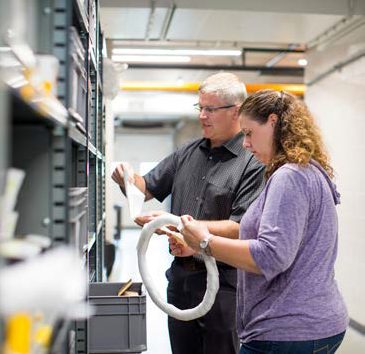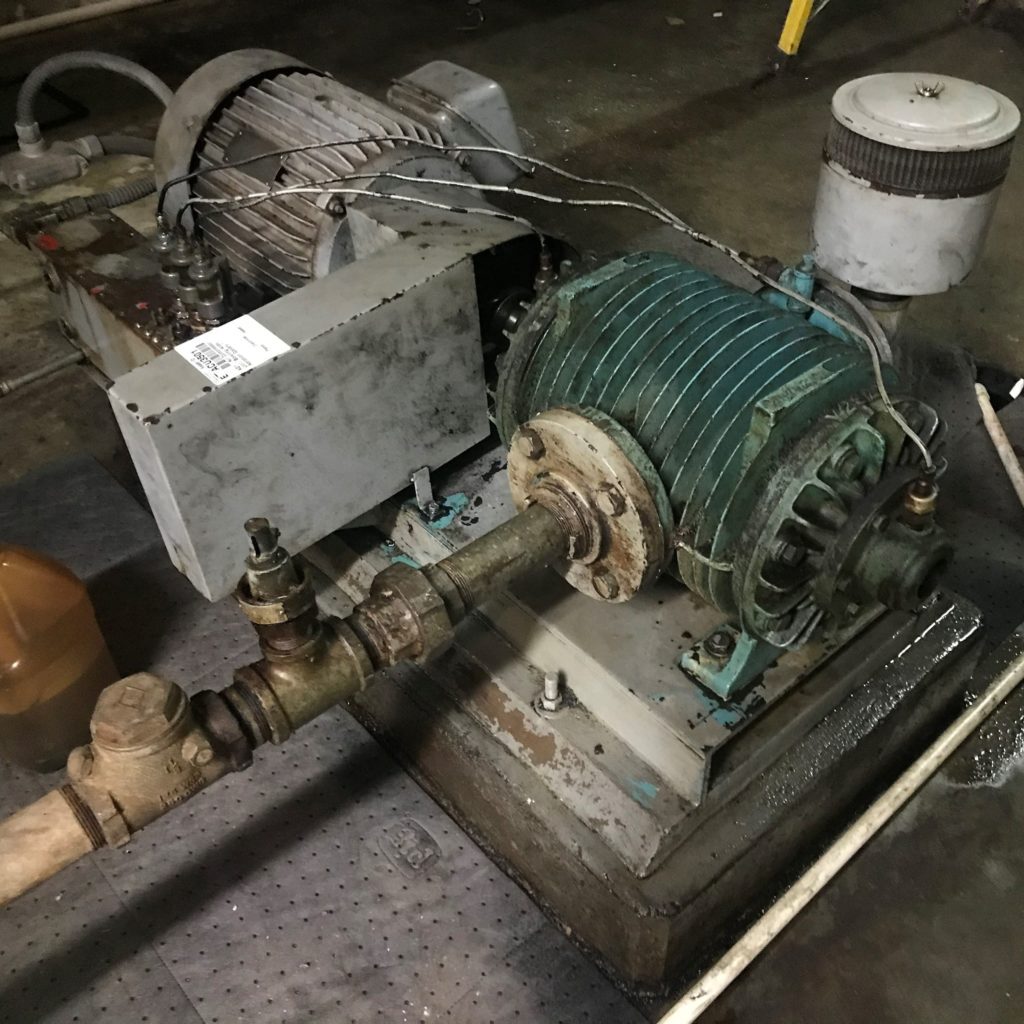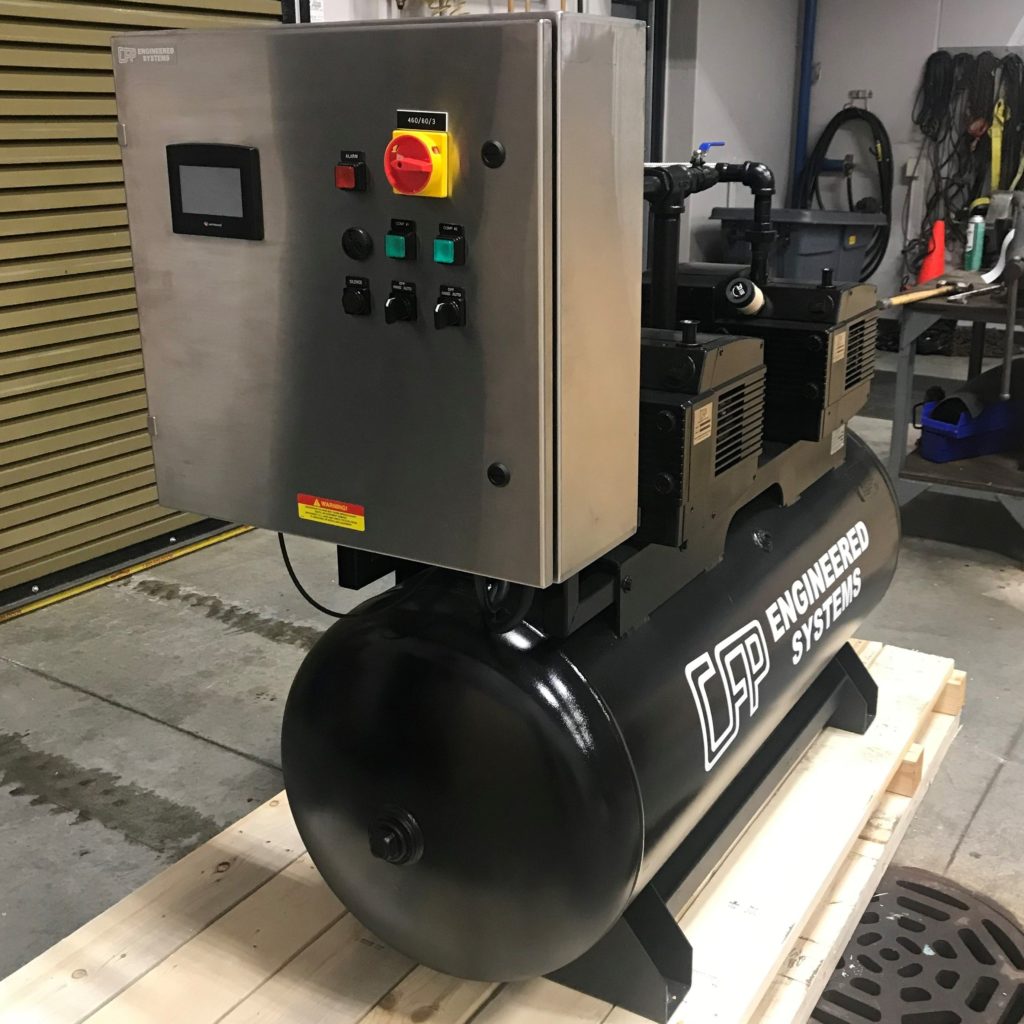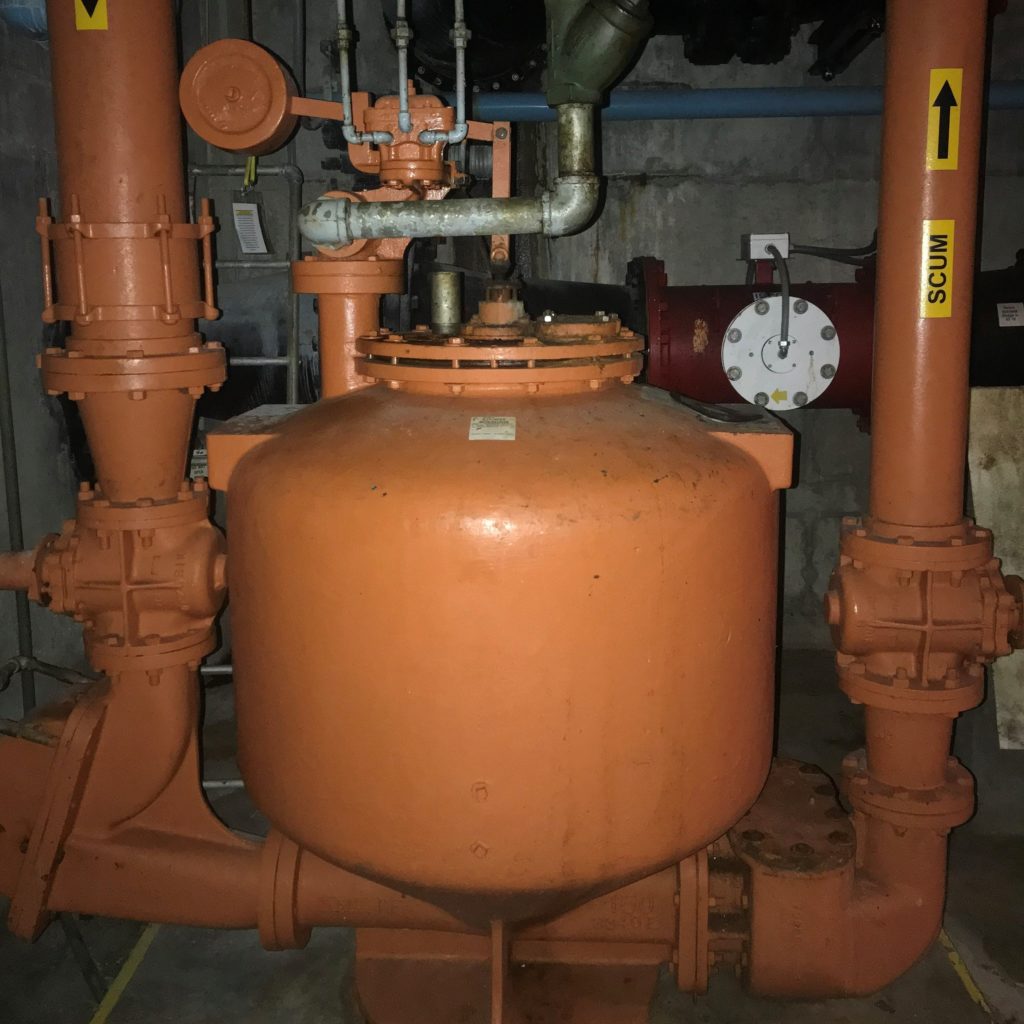As humans, we value reliability, even if we don’t outwardly realize it. For instance, every day, we value reliable electric service to keep the lights on. We value reliable water service for drinking, cleaning and food preparation. We value reliable wastewater service that protects public health and the environment.
But reliability doesn’t just happen. It requires effort, analysis and planning. At the District, we focus on Reliability Centered Maintenance (RCM) to ensure we provide a high level of service to fulfill our mission well into the future.
What is reliability centered maintenance (RCM)?
RCM is a program that maximizes maintenance strategies for company assets to ensure they run for the longest time at the lowest cost. Instead of being reactive, RCM is proactive.

There are numerous benefits to adopting RCM in an organization. The District’s shift from primarily a run-to-failure maintenance strategy to the more proactive RCM strategy increases the reliability of assets, time efficiency and safety of staff, and overall cost savings.
When maintenance jobs are added to the schedule without proper lead time, they create inefficiencies. RCM can reduce the number of break-in jobs and emergency work for Operations and Maintenance, thus increasing productivity. For example, when a factory in nearby Jefferson County implemented a reliability-centered maintenance program to eliminate unplanned stops like jams and breakdowns, they added the equivalent of an extra 43 days per year of production capacity. RCM also increases employee safety. Failures and break-in jobs can create unplanned reactions by the team, which can introduce unforeseen risks to employees. By planning and understanding risks before interfacing with equipment, employees work safer.
“RCM helps us be better stewards for our customers and the public,” says Erik Rehr, maintenance and reliability manager. “With RCM, we are completing more work because we are working safely and more efficiently and using employee resources more effectively. In turn, that helps us keep our rates down for customers. It’s a different way of thinking, but one that will pay off for the District and our customers well into the future.”

A shift in work, mindset and culture
All staff has a hand in ensuring RCM’s success. Maintenance supervisors help develop preventative strategies and processes. Operations identifies the work needed before failures occur. An effective spare parts management program is important as well, as having the right part at the right time is critical.
To shift to RCM, the team uses the IPSECA (Identify-Plan-Schedule-Execute-Close-Analyze) approach. IPSECA is used for work order management, process improvement, spare parts and inventory management, and scheduling.
Although the change to RCM has required considerable effort and a learning curve, in just two years, it has already paid off for the District. Some examples include increasing efficiency by appointing one work order planner for each workgroup, updating over 3,000 items in our inventory management system ,and standardizing the spare parts management program.
Case study: RCM equipment replacement
Tangible examples of reliability-centered maintenance can also be observed in equipment upgrades at the District. After conducting a root cause analysis of defects and break-in work orders on our scum ejectors, we found clogging and process issues were related to not having enough air pressure in our scum lines to properly push the scum through piping to its next phase of treatment. Scum is the collection of fats, oils and greases that floats to the top of preliminary treatment tanks and fine floating flocs on final clarification tanks. (Flocs are particles and contaminants present in wastewater solution that have been aggregated into flakes or larger clusters for easier removal.) By skimming from the tanks and using scum ejectors to transport it to treatment processes, we provide efficient water treatment at two different stages, which lessens the burden on the treatment and disinfection process down the line.



Until recently, the scum ejectors were powered by 50-year-old rotary vane air compressors. While still functional, the older compressors were not as reliable or efficient as newer counterparts on the market; their age made them prone to unplanned (break-in) mechanical maintenance. In 2022, the District took delivery of new air compressors to replace the 50-year old units. The new equipment supplies more air where needed to eject scum properly and adds redundancy to the system. The new equipment with improved power and technology is a better choice for increased productivity and smooth operation for the District in the long term.
“With RCM, our focus is on the future and how we can continually improve,” says Matt Schuman, asset and maintenance management system administrator. “We aren’t moving in this direction because what we are doing is bad, but because we know we can be more effective and efficient.”






